How Service Design can drive Business Innovation
‘Innovation’ is a buzzword often used by organisations to convey the unique value that differentiates them from competitors. At its core, innovation refers to a businesses’ ability to create more effective processes, products, and ideas.
According to McKinsey, companies can look for future growth opportunities through three horizons of innovation: incremental, adjacent, and disruptive.
An additional way a business can innovate their service is through Service Design – a discipline that aims to improve the quality and experience of a service to its end users. A Service Design approach explores the parts that make up an experience — the people, performance, places, products, and processes and drives innovation from the inside, out. At every stage of a business, here’s how Service Design can help innovate and grow a service.
But first, what is Service Design?
“Service design is the intentional creation of a valuable and impactful human-centred experience that creates some kind of business and/or social value.” — Matt Kurowski, Co-founder of Think5678.
When we talk about Service Design and innovation, it’s hard to look past Apple — many of us can still envisage the sight of Steve Jobs unveiling the first iPhone back in 2007. Besides revolutionising the mobile phone industry, the introduction of iTunes disrupted our everyday interactions with the world around us.
One way Apple disrupts the way we experience services is through the traditional experience of going to a music store. Previously, if you wanted to listen to a song, you’d have to go down to your local music store, sift through aisles of CDs, and then look up your favourite artist before making a purchase. With the introduction of iTunes, this experience now transformed into a seamless click of a button with instant accessibility of ‘10,000 songs in your pocket’.
Like Apple, there are many Service Design opportunities that businesses can innovate in that will lead to business growth:
Service Automation
Within non-digital industries such as law, accounting, and finance seeing a rise in automation, robotics, and the Internet of Things (IoT), customer touch points with brands are evolving. As smart machines replace humans, businesses can innovate by shifting their service experience from single interactions to more complex mediums that include both a human and technological element.
Benefits of Service Automation:
- Increased organisational alignment of a service offering
- Reduction in personnel and administrative costs
- Increased management capacity
- Improved integration of service touchpoints
As companies find it harder to protect and nurture revenue, disrupting newcomers in the market will be reliant on automation of as much as the service experience as possible. One of the biggest pain points in a user’s experience is the customer support. For many users, seeking support from a brand is one of the most dreaded touchpoints.
Chatbots such as Chatfuel or automated help desks such as Zendesk significantly reduce support desk traffic and time spent per enquiry. By automating various parts of the service experience, brands can use their people-power more efficiently — through tailored, in-depth support for larger ticket items, or personalised emails at various points of the customer journey.
Device-Agnostic Services
The intertwinement of Human-Centred Design principles is heavily relevant to service innovation. As people’s lives become more connected to digital devices, brands that are able to create seamless service experiences across digital platforms are able to secure a competitive advantage.
A Service Designer’s role is to ensure that the end-to-end service experience meets a user’s needs — essentially managing all that is visible and beneath a user’s line of visibility.
For most users, their interactions with a digital product is concerned with achieving a specific goal — whether it be to book a hotel, order a ride, or buy a t-shirt online.
One example of a company that is already innovating with a device-agnostic approach is Uber. Travellers on Uber can commence their journey from a voice-command device such as Google Home and finish their trip on their iOS or Android phone. Here the user’s service journey touches two platforms but to the user is one unified continuous interaction.
Read more about essential design principles here.
Customised Service Experiences
Businesses can capitalise on service innovation through Mixed Realities to tailor to their customers’ individual needs. Retail giants Muji, IKEA, and Zara are already at the forefront of service innovation by using technologies such as Augmented Reality (AR) to add an additional layer to their customer experience.
Soon, customers will be able to walk into a fitting room with outfits personally curated for them based on predictions of items they previously tried on using Augmented Reality (AR). Once a customer makes a purchase, they can expect their items to be directly mailed. Upon their arrival home, they may get a notification on their Google Home that they will expect a delivery the next business day.
In this example, brands have utilised technology to enhance the personalisation and individual needs of their customer’s experience. Instead of delivering to the mass market, companies have been able to innovate and capture a specific segment of the market by being able to speak to a user’s individual needs.
Learn how you can use Service Design to drive innovation within your business with Academy Xi’s full-time, immersive Service Design Transform course.
Academy Xi has partnered with Design + Technology Collective to offer members an exclusive 20% discount to on all Xi courses. Learn how to think creatively and think customer with Academy Xi
